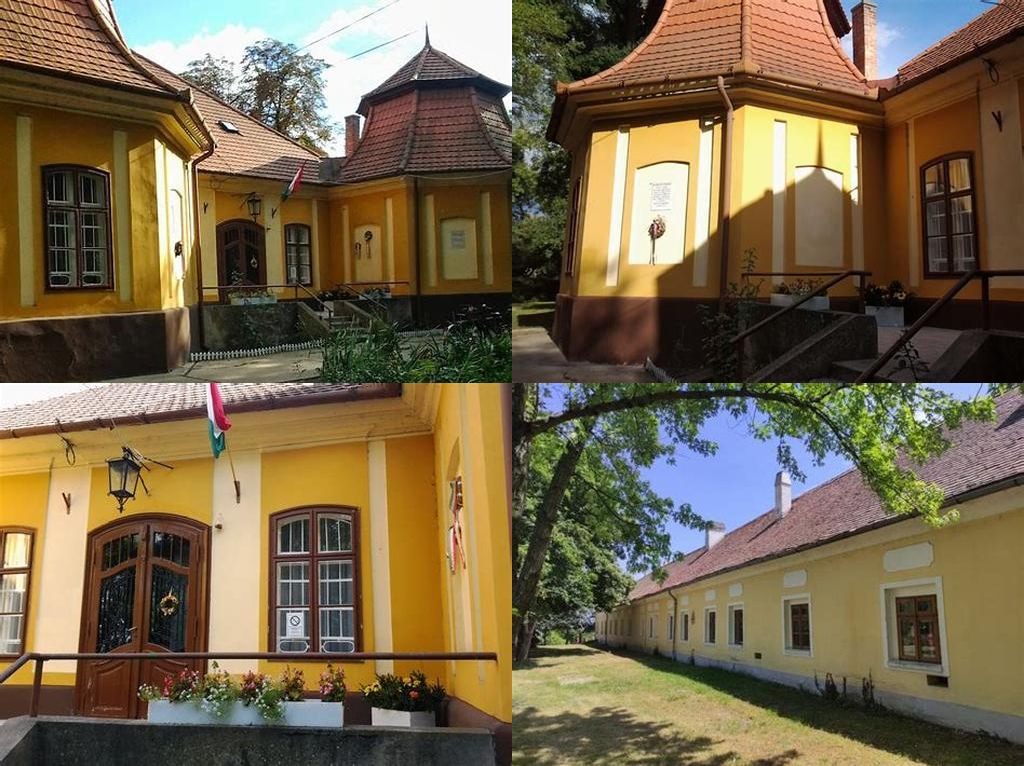
Kazinczy-kúria isn’t just a stately building lost somewhere in northeastern Hungary; it’s a living time capsule tucked away in the tranquil village of Göncruszka. If you’re ever drawn by the urge to leave behind the urban rush and trace the footsteps of literary history, this is a spot that feels like a gentle invitation to slow down, take a breath, and soak up stories hanging in the air. At first glance, the mansion may seem unassuming compared to the more grandiose castles and palaces on Hungary’s map, but spend a moment on its grounds and you’ll discover how deep its roots stretch into the country’s cultural soul.
The mansion’s story begins in the late 18th century, during a time when Hungary’s literary landscape was blossoming. It’s best known as the rural home of Ferenc Kazinczy, a name that echoes through Hungarian history as a reformer of the Hungarian language and a doyen of national literature. Born in 1759 and active until his death in 1831, Kazinczy was more than just an author or a translator; he was a mover and shaker, a restless force in the country’s linguistic awakening, who spent years corresponding with the country’s intellectuals from this very countryside retreat. Wander through the light-filled rooms of the kúria, and you’ll sense these rooms have kept their hush not for lack of conversation, but for the thousands of letters that once rustled through their hallways.
Walk the creaking floorboards and you can almost imagine the scratch of quills and the murmur of distant voices debating words, ideas, and reforms. The building itself is an elegantly simple example of early classicist architecture—a spacious, single-story structure with a porticoed entrance, tailored for a practical but cultured rural life. Inside, lovingly restored period furniture hints at the tastes of Kazinczy’s era. Yet, despite the apparent simplicity, it’s impossible not to feel the presence of great minds who discussed matters both lofty and mundane within these walls. It’s for this reason the mansion attracts not just tourists, but poets, writers, and language enthusiasts looking to anchor themselves in a place that was, for decades, a beacon of innovation during Hungary’s Age of Enlightenment.
Step outside and the landscape opens up; you’re in the heart of Zemplén’s rolling hills, where orchards brush gently against thick stands of trees and the distant peaks of the mountains rise on the horizon. There’s a serenity here that’s difficult to find elsewhere—a sense that life, even when it thrummed with literary ferment, always moved at a gentler pace. The gardens that surround the kúria are lush in the warmer months, with neat paths leading you past ancient trees and wildflowers. And while the setting is a marvel on calm, dewy mornings, there’s something particularly atmospheric about staying until dusk, when the sun dips low across the golden fields and the mansion’s walls glow in the soft evening light.
There’s more to the mansion than just its faded grandeur and literary ambience. Over the years, the kúria has played several roles: a site of learning, a gathering place for intellectuals, and eventually a heritage center dedicated to keeping Kazinczy’s legacy alive. Exhibitions here are thoughtfully curated, ranging from personal artifacts, manuscripts, and books to contextual displays about the era’s wider cultural milieu. The mansion’s museum-like experience doesn’t separate you by velvet ropes; it feels personal, almost like a homecoming if you’re a lover of letters, language, or literature. Stories are tucked behind every cabinet and photograph—tales of perseverance, national identity, and the hard-fought growth of Hungarian culture during the tumultuous years following the fall of the Ottoman Empire.
What’s particularly delightful about a visit to Kazinczy-kúria is how connected you feel—not only to Ferenc Kazinczy, but also to the quiet cadence of rural life that shaped so much of his work. It’s one thing to read about a great reformer; it’s quite another to gaze out the same windows he did, across fields that have barely changed, imagining the carriages rattling up the lane with missives from Pest or Vienna. In a world obsessed with newness, this mansion offers a rare chance to step inside and lose yourself in a slower, more reflective age. That, in the end, may be the greatest gift of all.





